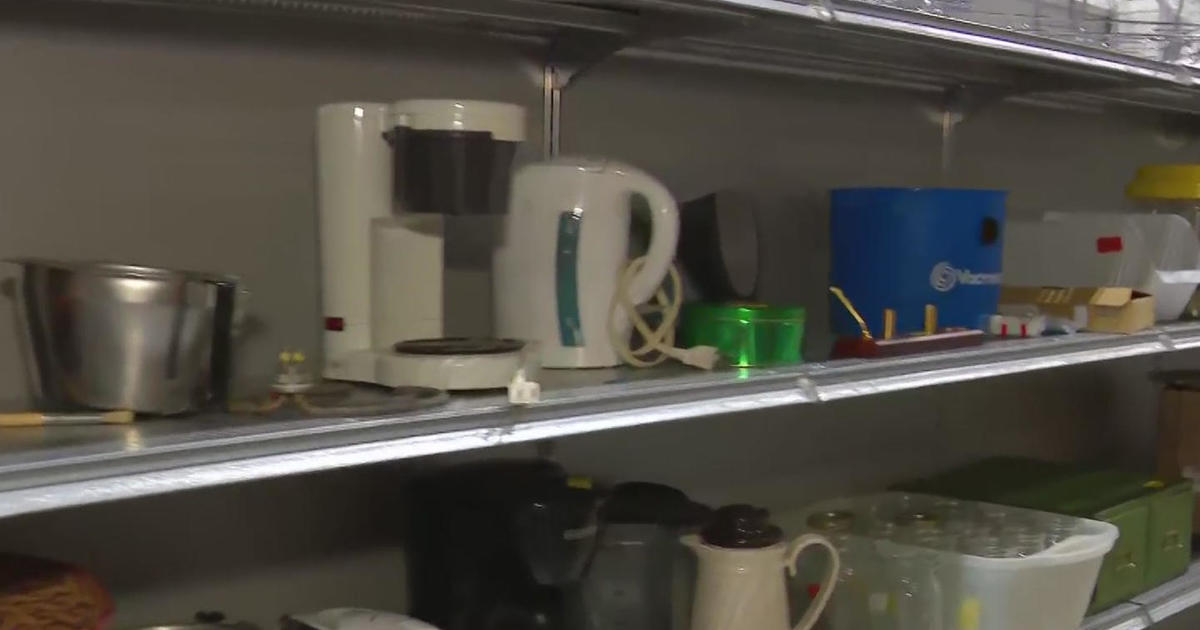Good Question: Where Does Storm Water End Up?
MINNEAPOLIS (WCCO) -- With all the ice and snow melting over the past few weeks, there has been plenty of water to wash away on our streets.
Once it goes into the grate, we don't see it anymore. Where does the storm water end up?
To really get to the bottom of it, dip on down to one of Minneapolis' 10-foot storm sewer tunnels.
The tunnels empty out into the Mississippi River.
"This particular outlet drains pretty much all of northeast Minneapolis," said Heidi Hamilton, deputy director of Minneapolis Public Works.
She says the water collects in one of the city's 55,000 catch basins, then travels through what can be miles of pipes.
"All of the pipes need to be angled so that water will run downhill," she said.
That is until it reaches one of the city's 387 outfalls -- into the river or creeks.
"Any trash in the street can be washed into the river," she said. "That's why it's so important that people keep trash out of the street."
In most cases, the melting snow and storm water are not treated in Minnesota, partly due to the huge expense.
"The storm water is dirty," she said. "It's something we're continually working on to try to clean up that water."
Some tunnels, though, do have grit chambers to catch the solids.
The storm water system runs on separate pipes and tunnels from the sanitary system, which is treated. No city in the state, except a handful of pipes left in Minneapolis, have combined pipes anymore.
The city of Minneapolis says when it looks at its street sweeping plan later this year, they'll take a good look at all the sand and dirt that goes onto city streets and try to come up with ways to keep the storm water as clean as they can.
In St. Paul, some of the storm water is treated through infiltration systems that sends it into the ground.



